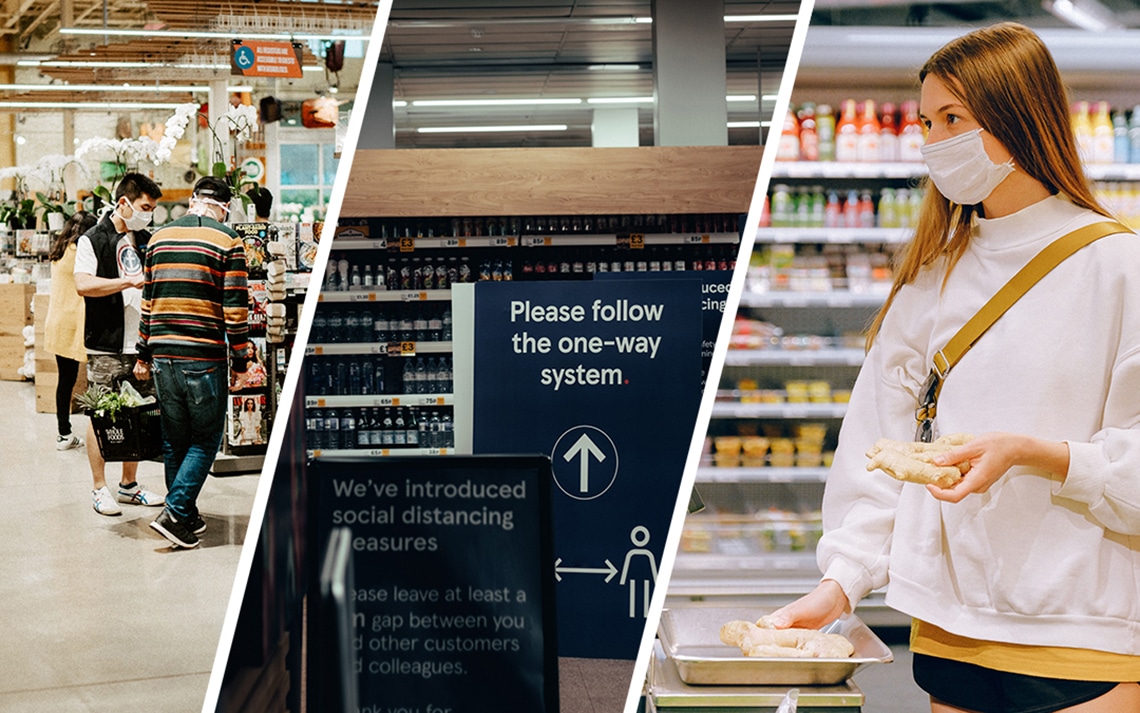Moving Forward: What Has the Food Retail Industry Learned so Far During COVID

It has been four months since the Coronavirus pandemic has disrupted the food retail industry. Restrictions were put in place, consumer buying behavior abruptly shifted and food retailers have adapted their strategies to keep things afloat.
As we move to the 3rd quarter of 2020, and we go on with our operations one cautious step at a time, here are the things we have learned so far:
Technology is winning
If there is one thing that this pandemic has taught us it is that everything, most especially buying groceries, can be done online. As stay-at-home restrictions were implemented, consumers opted for online deliveries for groceries and meals. Fears over the virus have shifted consumers to buy essentials online, curbside, or pickup. According to research by consulting firm Bain & Company, grocery sales increased 10%-15% as of May of this year.
Strategies shifted from manual to automated and retailers’ mindsets also shifted to digital by implementing stronger online presence through in-store apps and other digital marketing channels.
As an Industry, We Learned to Adapt
The crisis has tested our ability to adapt to the ever-changing environment. Food retailers got creative and flexible with their strategies in order to survive and cater to their consumers. Some small and big scale grocers have put e-commerce platforms in place, some grocery pop-ups have been erected, and retailers are now offering creative to-go and delivery and DIY meal kits.
And, as government safety regulations were implemented in-store, like prohibiting reusable bags and self-service food stations, retailers are now reimagining their merchandising strategies and how they can use their existing equipment to cater to today’s needs. This also gave retailers the opportunity to look into better alternatives on how they can efficiently merchandise their food products using energy-saving equipment.
Unprecedented Change in Buying Behavior
When it comes to food items, consumers’ preferences changed due to the crisis. As we continue to cook at home, meal kits and family meals have shown a significant surge in sales. Also, center store sales and shelf-stable products such as canned beans, pouch tuna, and rice are booming since these food products have longer shelf lives.
Convenience store spending increased 3.2% in May due to consumers continue shopping closer to home and avoiding large crowds. Consumers are also now taking fewer trips to the grocery stores and buying in bulk.
We Are Stronger Together
This pandemic has greatly showcased our solidarity in the industry. From protecting our grocery store employees to giving back to communities in need, we have deeply persevered. Big and small-scale supermarkets giving cash aids, bonus pay, and leave programs among others to their workers prove that these modern-day heroes are recognized for being in the front lines.
A lot of unprecedented things have happened over just a few months due to the COVID-19 crisis. Times have changed, but our resilience as an industry has remained the same. As we enter the second half of 2020, we could only hope for things to be better and our community to remain stronger than ever before.